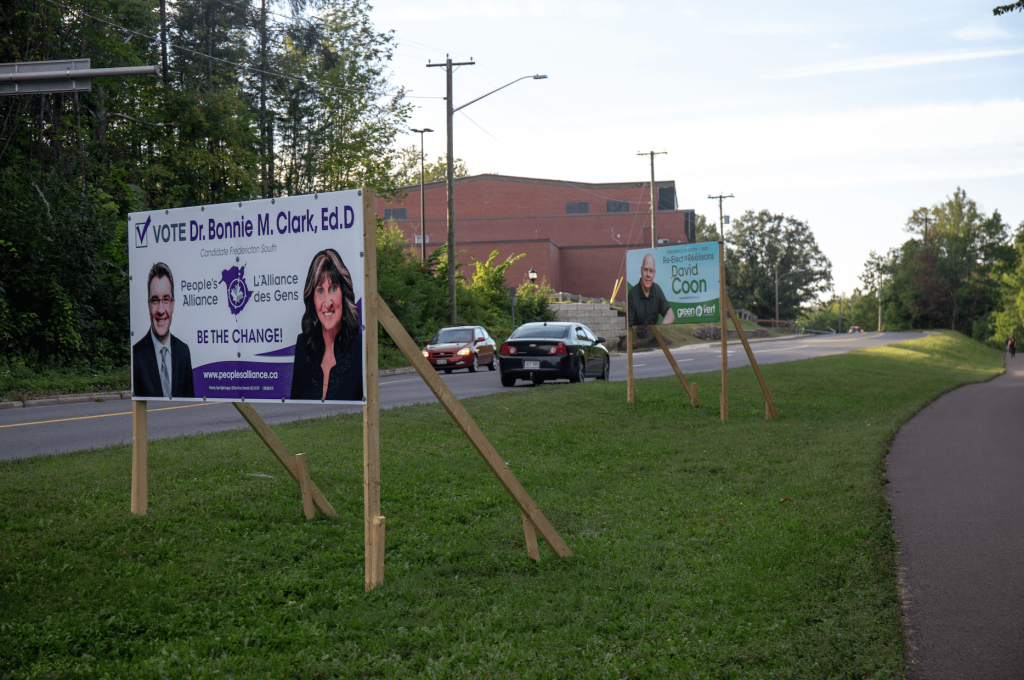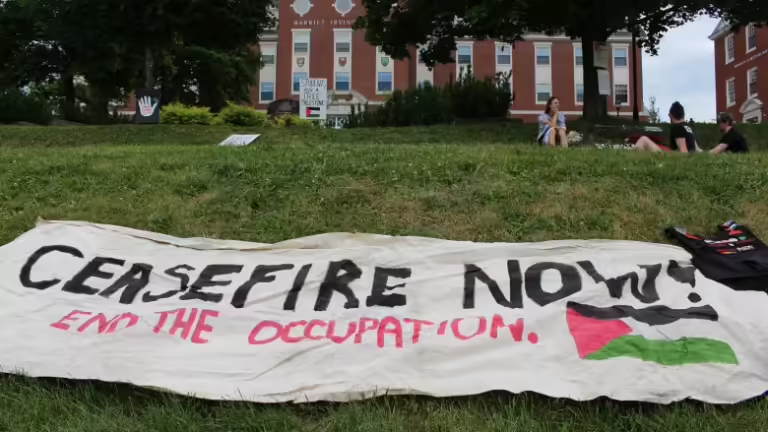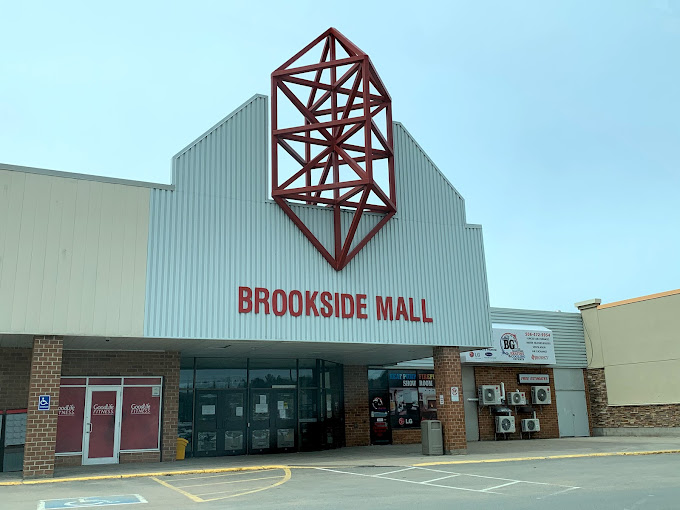Voting officials hope to make casting a ballot as easy as possible for young people this provincial election.
Only 44 per cent of registered 18-24 year olds voted in 2014, more than 20 per cent below the overall rate, and the lowest of any age group.
Paul Howe, political science professor at the University of New Brunswick, said that number is likely closer to 20 per cent, once factoring in low voter registration for that age range.
Howe said there has been a gradual decline in voting rates since the 1960s.
“People who were raised around World War II had a strong sense of voting as a civic duty, and that has become weaker and weaker over time,” he said.
Elections NB has teamed up with student unions across the province to run special early polling stations and fund “Get Out the Vote” campaigns. Students will be able to cast ballots for their home or university riding at 18 campuses across the province.
Over 2,000 voters turned out to these polling stations for the 2014 provincial election.
Chief electoral officer Kim Poffenroth said the campus voting program began in 2010 and has significantly expanded its number of locations in recent years. This year, Elections NB has launched a microsite with information on student voting, and is helping student unions hire campus election ambassadors.

Providing funding for ambassadors is a pilot program; ambassadors seek to communicate voting information to students by answering students’ questions and handing out flyers and promotional material.
“Our goal is provide as much access and awareness to the students for voting as possible,” Poffenroth said.
While the province is actively promoting student participation, Howe said the largest non-voting segment of the 18-24 year old demographic is people without a university education.
Poffenroth said Elections NB is therefore working on several initiatives to raise awareness among youth below the voting age, and increase civic engagement for the next generation.
Such initiatives include hiring high school students to work at the polls and partnering with non-profit organization CIVIX and the Department of Education and Early Childhood Development to provide a student voting programs for grades 4-12 in over 160 anglophone and francophone schools.
“I’m really excited, that’s the first time we’re doing this in New Brunswick in partnership with the provincial election,” Poffenroth said.

Where do low numbers stem from?
Howe has extensively studied trends in turnout and wrote the 2011 book Citizens Adrift: The Democratic Disengagement of Young Canadians.
He said voting has shifted generationally from a civic duty to something viewed more as a choice.
Howe also attributes low youth turnout in part to the changing media environment, and engagement in politics.
“It used to be the case you’d watch the TV, and at a certain time of day the news would be on, and there wasn’t really any other choice,” he said.
Tom Bateman, a political science professor at St. Thomas University, said some youth may be engaging with politics in other ways, including social media.
“I would not be surprised if student demonstration and protest activity substitutes for electoral activity,” he said.
Howe said he doesn’t buy the argument that young people are choosing activism over voting.
“When you look at survey numbers the people who say they like to take part in demonstrations and petitions also have a high rate of voting,” he said.
While it’s unclear how many eligible student voters live in Fredericton South, turnout in the riding for the 2014 election exceeded the provincial average; nearly 68 per cent of electors cast ballots province-wide (not including eligible and unregistered voters).
The percentage of votes cast in New Brunswick provincial elections has been gradually declining since nearly peaking in the 1980s, according to statistics from Elections NB. The all-time high was just over 82 per cent in 1967.

Barriers to the ballot box
Poffenrath said obstacles to student participation can vary.
“In some cases they’re just not aware of the process of when and where to vote,” she said.
Dayna Muzey, a fourth year student at the Université de Moncton, is the youth outreach coordinator for Elections NB. Her role includes communicating with student unions on the implementation of election ambassadors on campus.
“We do think it’s important to have a presence on campus to allow that person to engage with students directly,” Muzey said.
The province will have “selfie walls” at campus polling stations where students can take and post photos with an official campus hashtag to win a prize.
Emma Walsh, vice-president education of the St. Thomas University Student Union, said the biggest obstacle is education around who is eligible to vote.
“I think there’s also a little bit of a responsibility barrier,” she said. “People really do want to vote, but they don’t feel they can actually make an educated vote, or a vote that’s good for New Brunswick.”
The New Brunswick Student Alliance is addressing that concern through compiling infographics on first time voting, and comparing the political parties’ post-secondary education platforms.
The St. Thomas University campus will have a “Dotmocracy” wall where students can place stickers and write comments on the issues most important to them. STUSU volunteers will walk around with “vote” foam fingers and encourage students to bring a friend with them when they go vote on campus.
“In a big federal system like we have in Canada, it’s really easy to forget, yes my actual every day-to-day life is easily affected,” Walsh said.
STUSU President Brianna Workman is the chair of the New Brunswick Student Alliance’s “Get Out the Vote” committee. Workman said a knowledge barrier also exists for students.
“I think one thing that is a misconception, is feeling like you need to be an expert to vote,” she said. “’Get Out the Vote’ is one of the best opportunities we have to really engage students in something that is exciting, educational and really important.”
UNB Student Union vice-president advocacy Simal Qureshi said election ambassadors are working to excite students and create “hype” around the concept of voting. The union is also running social media campaigns.
“We’re here to show that students do care about voting, about elections, because ultimately the government is going to affect them in some way shape or form,” Qureshi said.

Strong sway in student-heavy riding
Bateman said incumbent Green Party MLA David Coon’s success in Fredericton South can be attributed to the two universities in the riding and a high concentration of students.
He said the Greens have taken the place of the NDP in the riding, capitalizing on student animation around climate change.
“It’s pretty easy for them to vote for tax-supported windmills, and such, because they’re not paying taxes,” Bateman said.
Howe doesn’t expect any specific issues will drive turnout, particularly among young voters. He said controversial issues or a charismatic leader tend to have more of a pull.
Bateman expects 2018 to be an easier re-election bid for Coon than 2014, when Coon narrowly won a four-way race.




